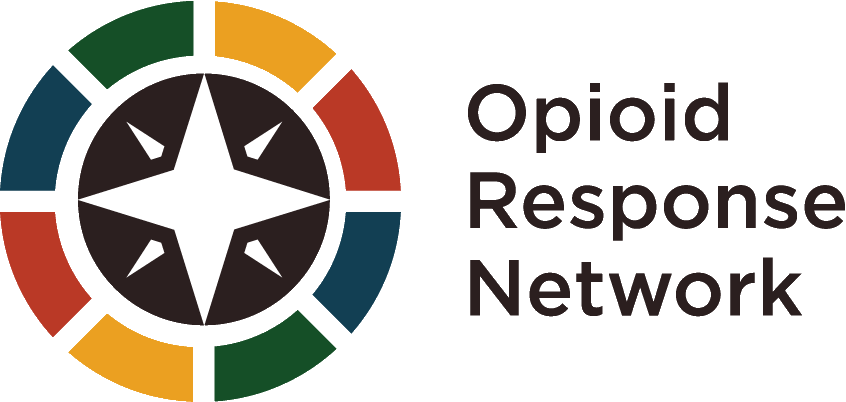Published by The New York Times, Maia Szalavitz’s opinion piece explores the harms of “tough love” as a remedy for perceived codependency among those with substance use disorders and their loved ones. The author critiques the false rhetoric surrounding “codependency,” including a history of media and “treatment practices” hindering recovery. Szalavitz’s article truly sheds light on the importance of supporting loved ones experiencing addiction.
To read the article, click here.
Suspending syringe services programs will result in an increase of HIV infections, study finds
Brown University researchers identify the effectiveness of syringe services programs in decreasing HIV transmission using a simulation model research approach. The study analyzes trends in infection if existing syringe services programs are closed, and the researchers utilize the data to increase awareness regarding the public health benefits of syringe services programs, an issue that is politically charged.
Read the article here.
Danielle Allen, a Democratic candidate for Mass. governor, wants to decriminalize drugs, including heroin
The Boston Globe article elaborates upon Danielle Allen’s stance on the decriminalization of all controlled substances, a proposal that has drawn attention to Allen’s Democratic candidate campaign for Massachusetts governor. The article investigates details of Allen’s proposition and the rationale behind the implementation of policies that may mitigate the public health crisis.
Read the article here.
Youth’s Overdose Death Renews Pleas for Narcan in Schools
The U.S. News article highlights the importance of providing training, education, and supply of Narcan in schools across the country. With the recent overdose of a 13-year old Connecticut student, experts are urgently drawing attention to the effects of lacking education surrounding Narcan distribution and administration, especially given the public health emergency of the opioid crisis.
Read the article here.
Treating Addiction as a Crime Doesn’t Work. What Oregon Is Doing Just Might.
The New York Times opinion piece shines a spotlight on the experiences of Morgan Godvin, Oregon state council member and proponent of drug possession decriminalization. Godvin’s experiences with opioid use disorder- including being barred from MAT within the criminal justice system- have motivated her advocacy for treating addiction as a medical condition instead of a crime. The article addresses the importance of destigmatizing addiction by amending policies that have served as harmful barriers to treatment, while also reflecting on the devastating impact of the War on Drugs.
Read the article here.
There is life after addiction. Most people recover
Amidst saddening reports concerning the public health crisis related to drugs, NPR‘s article shares the prominence of recovery among individuals experiencing substance use disorders. Dr. John Kelly, co-author on a peer-reviewed study from 2021, discusses the hopeful findings of his and colleagues’ research. The findings are further supported by a separate study published by the CDC and the NIH, which indicated that approximately 75% of individuals with SUDs recover. The article highlights the cultural perceptions about addiction that such findings help overcome, and follows personal accounts of recovery.
For more information, read the article here.
For more information about the study conducted, read here.
Overdose deaths hit a historic high in 2020. Frustrated experts say these strategies could save lives
The PBS article discusses patterns in U.S. policy regarding evidence-based substance use treatment access, including critiques on federal policy and funding that simply are not yet sufficient for the degree of interventions needed to reduce incidence of overdose. With references of the American Rescue Plan Act, and two additional initiatives from SAMHSA and the model legislation from the Office of National Drug Policy, the article rationalizes reasons why not enough is being done. Nonetheless, the authors highlight community and state efforts towards distributing life-saving tools, Naloxone and fentanyl testing strips, and improving the availability of safe syringe injection sites.
For more information, read the article here.
CDC: Nearly 92,000 Drug Overdose Deaths in 2020
The CDC’s National Center for Health Statistics released a breakdown of statistics on Thursday, revealing trends in substance use and fatalities throughout 2020. The statistics account for rates of overdose-related deaths in men and women over the age of 15. The data breaks down the overall trends in use and mortalities across all racial and ethnic populations. Acting upon discussed policies and practices that expand access to treatment and harm reduction for all individuals remain vital, especially as barriers to care remain an obstacle for many.
To read the U.S. New’s article on the CDC’s findings, click here.
For more information, read the CDC’s article here.
Half of all drinkers risk exceeding legal driving limit by underestimating how drunk they are, study suggests
The Harm Reduction Journal has published a study by researchers from Witten-Herdecke University and the University of Cambridge on self-perceptions of one’s fitness to drive following alcohol consumption. The study’s findings have revealed just how impaired one’s judgement may be upon making the call to drive after drinking, underestimating impairment even upon considerations of the maximum legal BrAC. The magnitude of the consequences that accompany such decisions have severely impacted rates of alcohol-related traffic incidents and their death rates.
In consideration for the upcoming holidays and New Year celebrations, responsible drinking and planning for transportation are essential!
To read Science Daily’s summary of the article click here.
To read the full scientific article in the Harm Reduction Journal click here.
Pandemic Saw Big Declines in Kids’ Use of Drugs, Alcohol, Vaping
While adolescent (8th-12th grade) marijuana and tobacco use starkly increased in 2017-2019, studies have demonstrated an unprecedented reduction in adolescent tobacco, alcohol, and drug utilization as a consequence of the COVID-19 pandemic. The U.S. News article explores the pervading factors that have influenced the shift in statistics among certain age groups.
To read the full article, click here.





